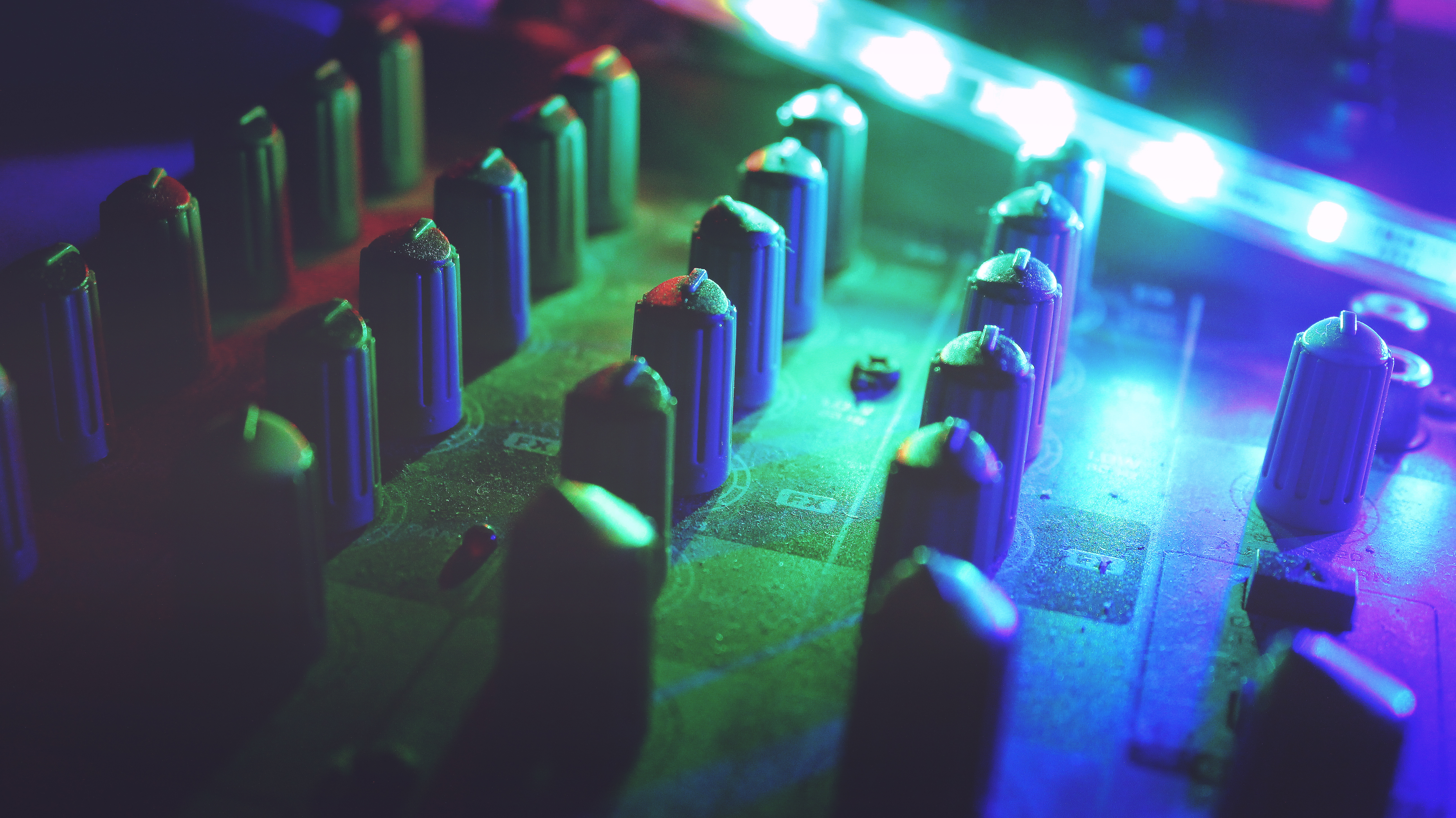Hello and welcome to the Muzico Blog! This is our very first blog post. We will be posting two blogs every week - one on audio and another on video. Stay tuned! We will be covering some very interesting topics.
Ever wondered how, when a radio DJ speaks over some background music, the music “ducks” or decreases in volume exactly when the DJ speaks, and goes back to the normal volume the moment the DJ stops speaking? This is done using a fun little technique known as sidechaining.
In sidechaining, one element is “chained” to another in such a way that the behaviour of one is dependent on the other. The signal from one track is used as a trigger to activate an effect on another track. In this case, the track with the DJ’s voice is the trigger. Whenever he speaks, a compressor on the music track gets activated, causing the volume of the music to drop so that the DJ’s voice can be heard clearly. When he stops speaking, the trigger stops and the compressor on the music track gets deactivated, so the music goes back to its original volume. This technique is also used to make the voiceover narration in films “punch out” more clearly through any background music or sound that may be playing simultaneously.

Sidechaining is often also used in music production: one sound or instrument in a song is used as a trigger to cause another instrument to “duck”. For example, if you want the bass volume to momentarily drop when the kick drum plays, sidechaining can help you achieve that. This would make the kick drum “punch through” clearer, emphasising the pulse of the song.
If there is no separation between two sounds in the same frequency range, the result would be “muddiness” in that range. A common instance of this is when the low frequencies in bass instruments and the kick drum clash with each other, “muddying up” the low end and muffling the punch of the kick drum. Sidechaining is one of the ways to address this problem and create separation between different sounds.
That distinctive sound in EDM music, sometimes described as “pumping”, is created by sidechaining tracks. The threshold of a sidechain can be adjusted to make it pump gently or aggressively. You know how that “WUB WUB” wobble effect is created in dubstep music? That’s right, sidechain! An aggressive sidechain is used in this case, making the bass duck completely and then quickly come back.
An example of the sidechain technique applied to make the bass "pump":
Although most commonly used with compressors, sidechaining can be used with other effects as well, like EQ or gate. Sidechaining a gate, say, on the bass track, to the kick drum, would have the opposite effect of sidechaining a compressor: it would trigger the bass to play exactly when the kick plays. With an EQ, a sidechain could be used to momentarily suppress a particular range of frequencies of the bass (or any other instrument) whenever the kick plays. Or to suppress an overlapping range of frequencies on the guitar whenever the vocalist sings.
If you need further help with sidechaining for your music, or have any other music production related queries or requirements, please do not hesitate to reach out to us at +91 98865 57877 or connect@muzico.in.


